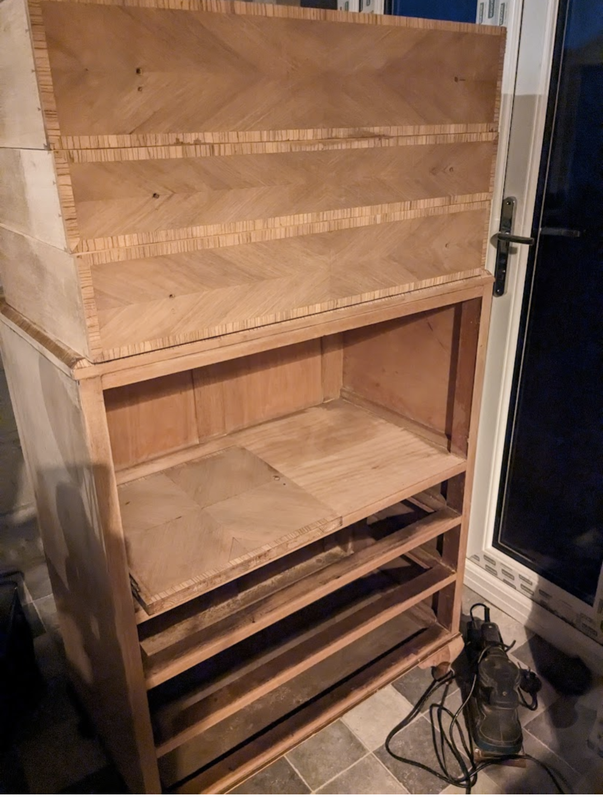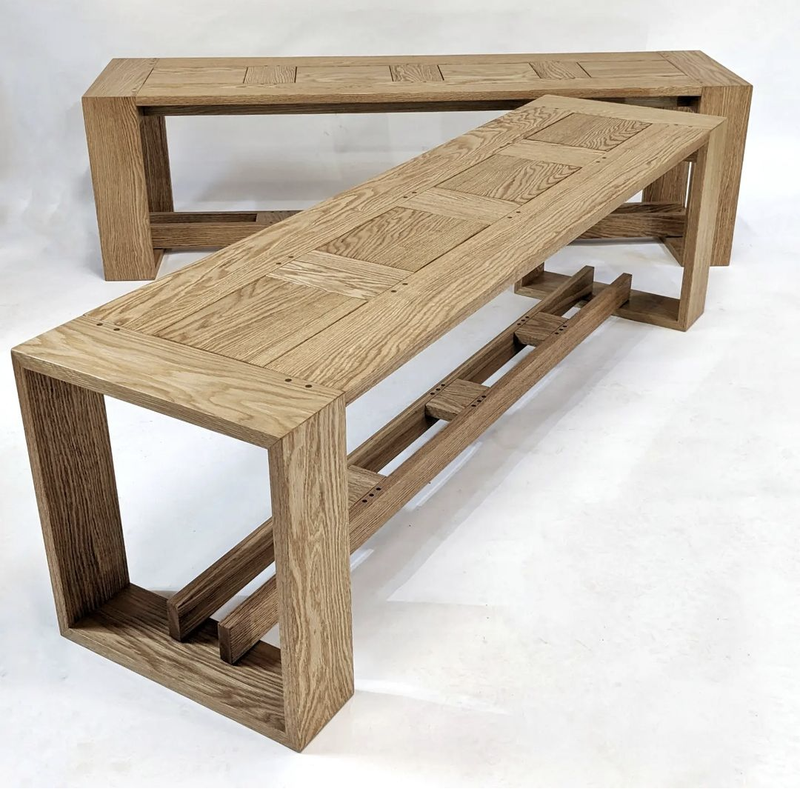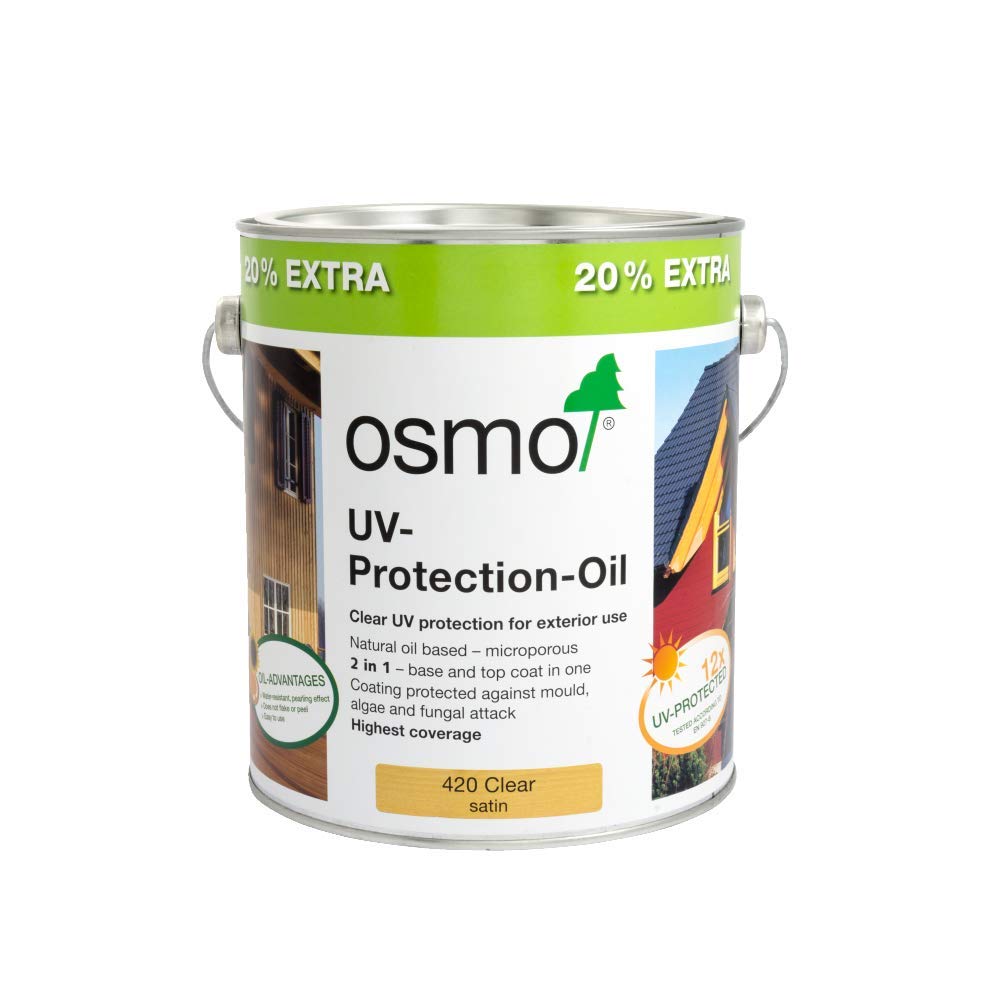Home › Forums › Chat Forum › Woodworkerists – Coating oils
- This topic has 14 replies, 8 voices, and was last updated 7 months ago by goldfish24.
-
Woodworkerists – Coating oils
-
scratchFree MemberPosted 7 months ago
https://photos.app.goo.gl/UMoBBnnvb2djrB4C7
Not sure if the pic works but I’ve picked up an old cabinet off Gumtree, not looked after, door hanging off etc. annoyingly they had a massive plant pot on the unit which water marked the top veneer so much it’s gone right the way through so the top will either need the veneer replacing, or painting (I hate painting wood)
I’ve sanded it all back, when cleaned with white spirits the veneer comes up nice and the frame work becomes a dark red, should I just use tung oil to finish?
I’d prefer something from osmo but want to bring the colour out rather than wax coat it and it becomes the same as it is now which looks slightly faded
I’ve never used oils etc so any advice appreciated
kayak23Full MemberPosted 7 months agoOsmo brings the colour out lovely in my experience.
Danish oil too.Osmo has been my finish of choice for years now.
Op’s picture below

You’ve done well to sand any previous finish off and not go through the veneer. 🙂
Always tricky when you don’t know its history.These Benches what I done are Osmo finished and I think the colour is lush.
 scratchFree MemberPosted 7 months ago
scratchFree MemberPosted 7 months agoThanks Kayak, There’s a few bits around the tops of the draw fronts I’ve bust through annoyingly, I was pretty forgiving around the edges too.
Osmo wood wax to finish?
The top was 4 A4 sheets of vaneer patterned similar to the fronts, I’m guessing iron on veneers will look crap?
It just needs to look tidy tbh, I’m not flipping it or taking it to the antiques roadshow
kayak23Full MemberPosted 7 months agoOsmo uv hardwax oil is what I used to use a lot.
Iron on veneer is rarely as durable but it can work fine.
Make sure you ‘arris’ the edges a little to prevent it catching and lifting later on. thisisnotaspoonFree MemberPosted 7 months ago
thisisnotaspoonFree MemberPosted 7 months agoRelated hijack.
I got some oil-beeswax blend (it’s the consistency of Vaseline) from a market stall with some chopping boards and used it on my oak worktop/desk (it’s B&Q worktop being used as a desk). It’s come up great but I’ve found the rubber feet on keyboards, laptops, mice etc soak it up and leave a pale mark.
Is this an inherent problem with oils or would something else be better?
kayak23Full MemberPosted 7 months agoYeah to be honest I probably wouldn’t use a wax on a high traffic area such as a desk.
Some wax blends will tend to stay quite soft.
It’s not a problem with oils really, but it can be with wax. It might not be a suitable blend for that job or possibly you could have applied it too thick maybe.
Osmo and the like contain wax, but they’re what’s called a hardwax oil.
They’re used on floors so are pretty durable.joshvegasFree MemberPosted 7 months agoYou will get rid of thecwater staining with oxalic acid. Dead easy.
I am going to go against the grain here… I think osmo is hortible. Its a weird plasticy finish to it, that i can place my finger on. Grand on a floor, a shame on a bit of veneer.
I like shellac. Fun to apply, not stinky. Makes figure pop.
Its absolutely not bitterness about the fact the very expensive tin goes off if you don’t use it for a few months.
kayak23Full MemberPosted 7 months agoThere are different Osmo oils in the range remember.
Some are specifically for floors.
I always used it because it was durable, easy to apply, and looked very natural. Nothing plasticcy about it at all when I used it.
I always applied it sparingly, left it a few minutes and then rubbed it off hard.
Sounds like a thick coat if you’re getting a plastic effect.
joshvegasFree MemberPosted 7 months agoI always applied it sparingly, left it a few minutes and then rubbed it off hard.
Something to do while you wait i guess 😳
Plasticy is the wrong word. I dunno it just kind feels weird to me. Not a criticism of you using it or anything. And its expensive.
MikkelFree MemberPosted 7 months agoTung or danish oil for me, then a thin layer of bison wax when oil is dried, mostly because i love the smell of that wax lol
dyna-tiFull MemberPosted 7 months agoI always applied it sparingly, left it a few minutes and then rubbed it off hard.
Amazing the number of people who come on the workshop forum having applied a thick coat of this, left it to dry, and wonder why its ended up as a sticky mess.
tillydogFree MemberPosted 7 months agoI would go with Danish oil. I’ve never had much luck with Osmo – either leaves the surface open or looks ‘plasticy’.
Despite the name, neither are “oils” in the sense that they just soak in and sit there. Both are drying, like a varnish.
The beeswax / oil blend probably has a non-drying oil in it, so it never ‘sets’ as such, and will gradually permeate anything in contact with it given time. It’s probably food-safe though.
I’ve just finished a guitar with French polished shellac and it really does make the wood glow like nothing else.
joshvegasFree MemberPosted 7 months agoWould 5% acid be strong enough JV or dies it need to be 99%?
I have no idea i just dissolve some in some water and marvel s the stain disapears.
Ah. I thin the 5% is a dilution. Just get the powder and mix a bit.
goldfish24Full MemberPosted 7 months agoI regularly use osmo polyx oil, love it.
but for some reason, looking at those pics, I feel like danish oil is the right one for this job. It tends to soak in and really moisturise the wood, then dries to a hard but imperceptible varnish layer. (It is in fact a varnish not an oil, last time I checked anyway).
You must be logged in to reply to this topic.
